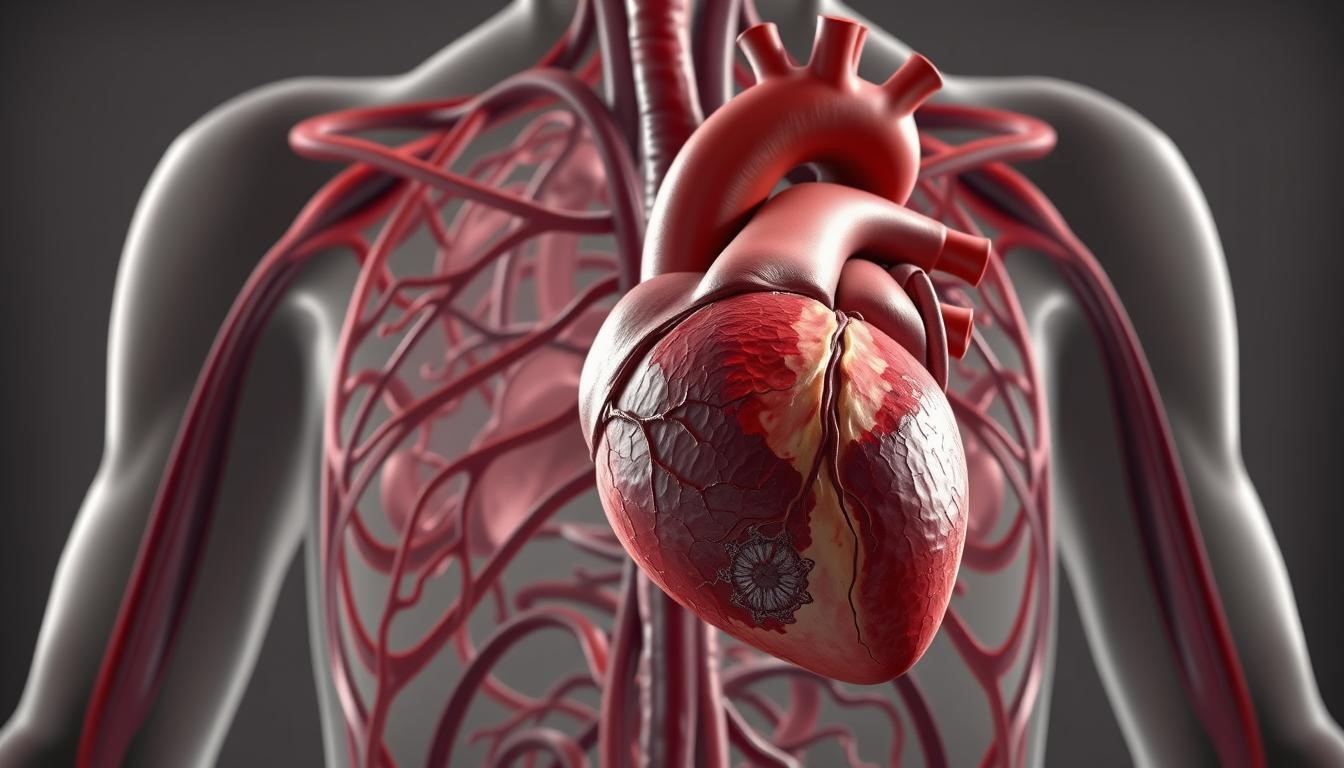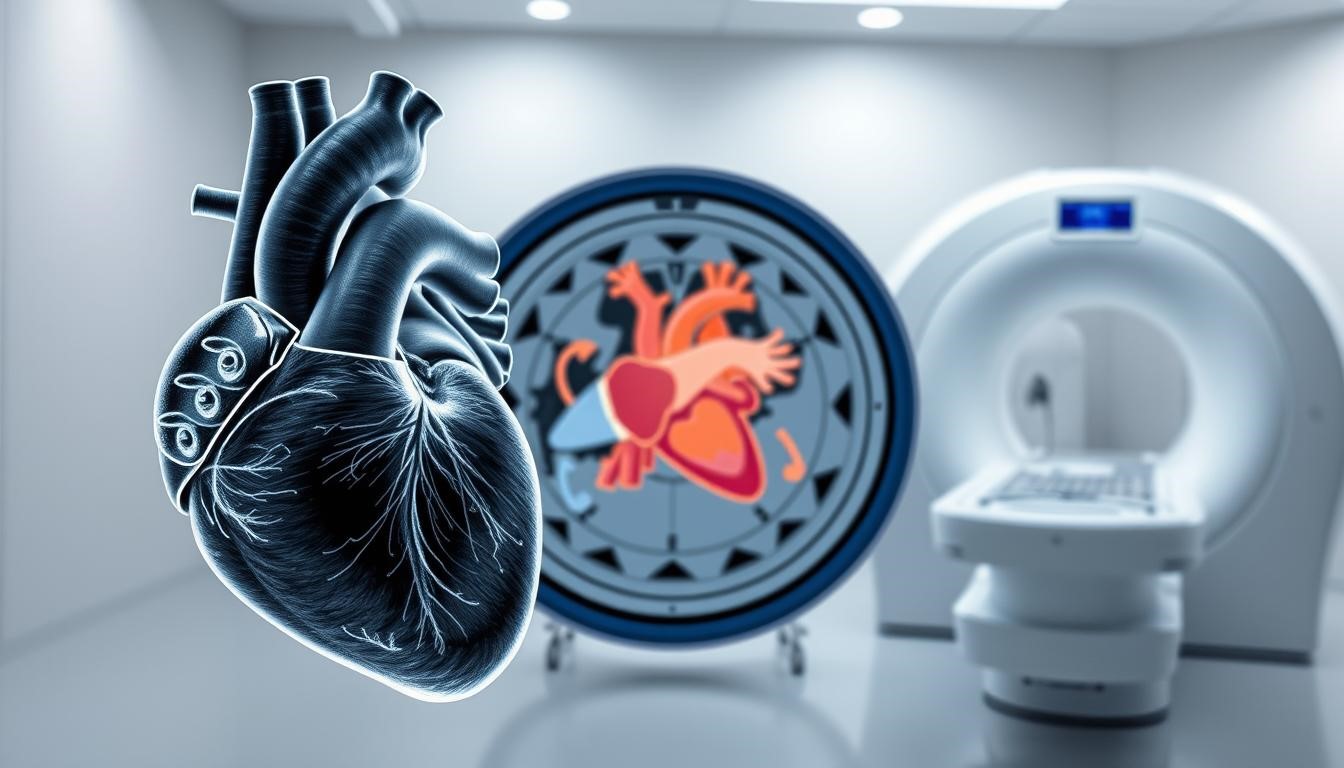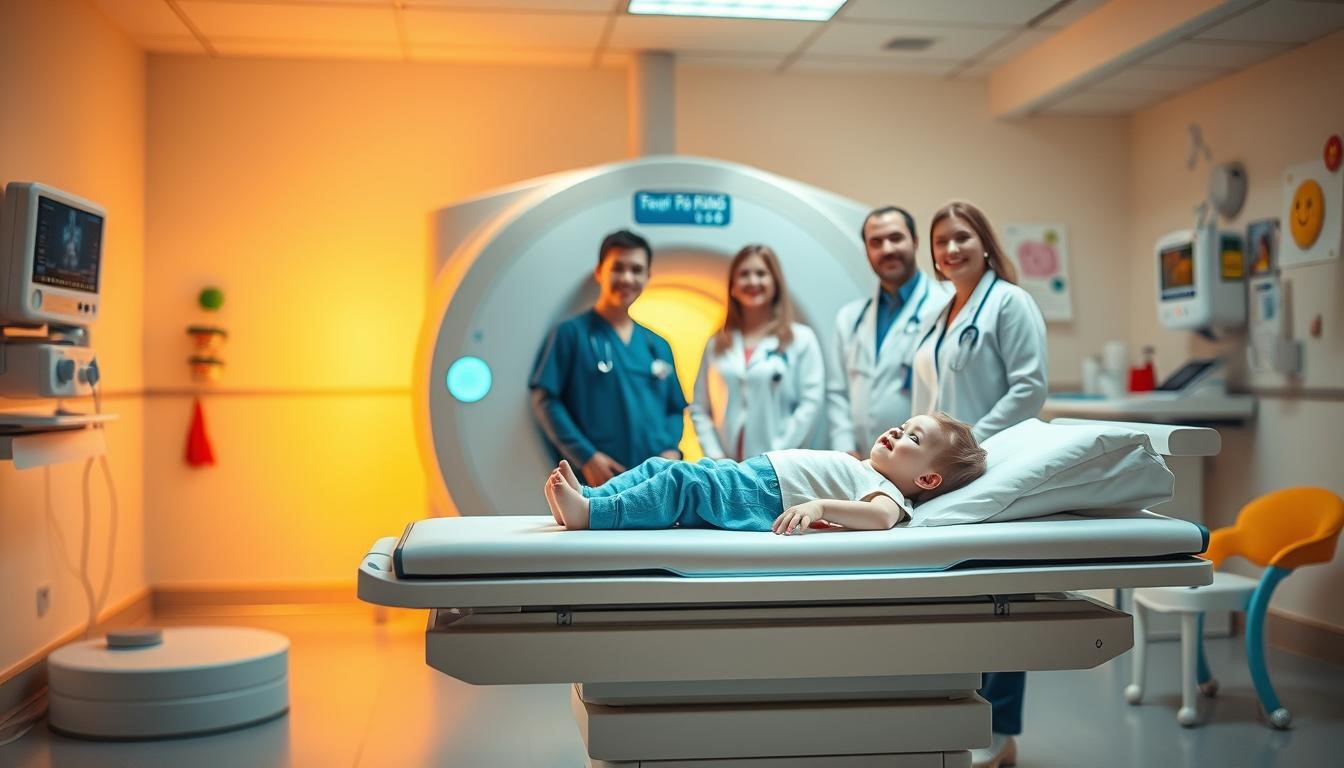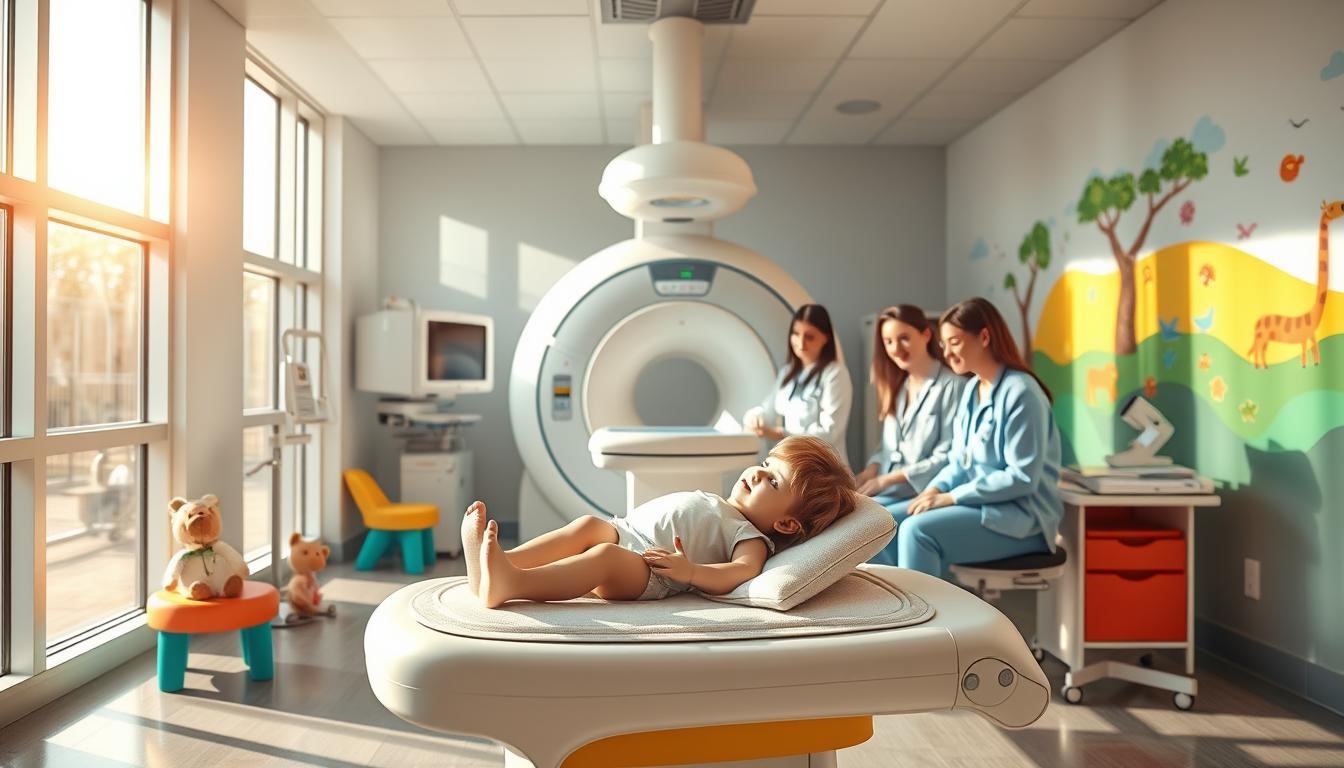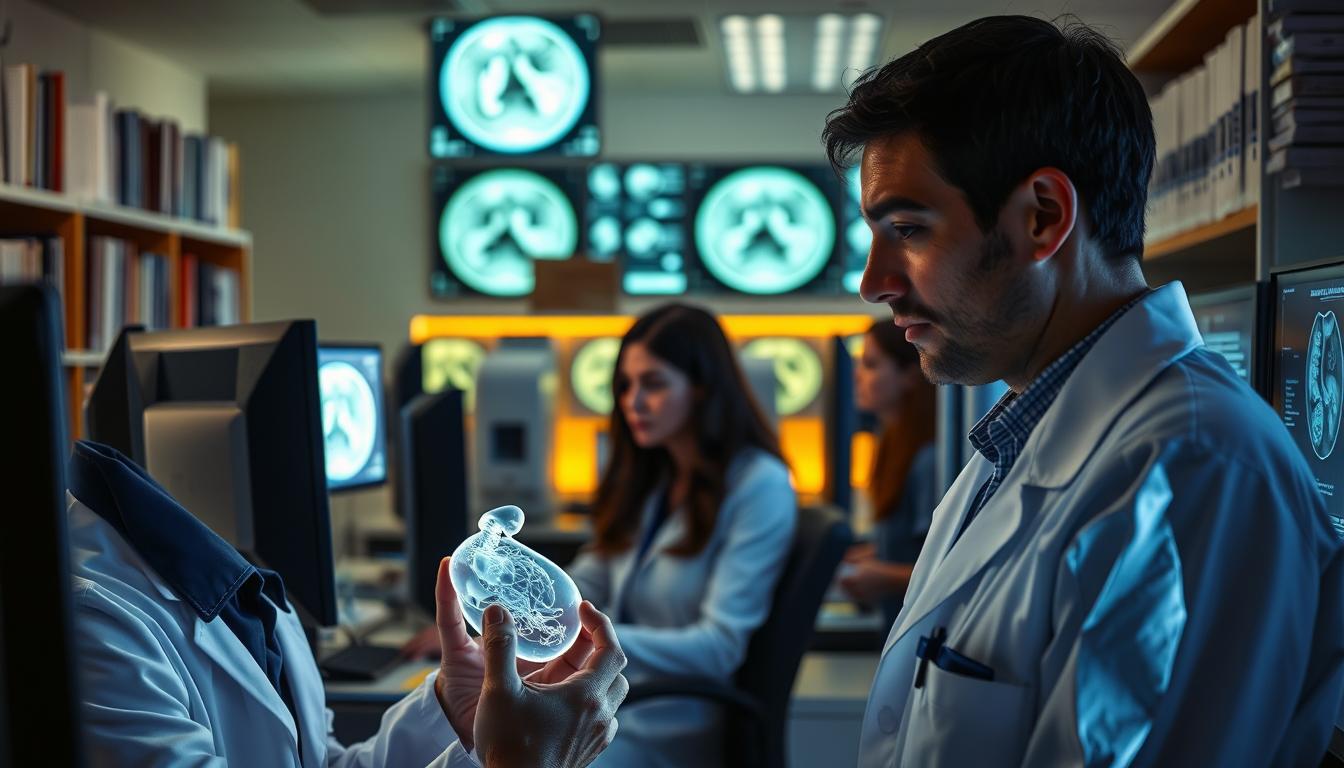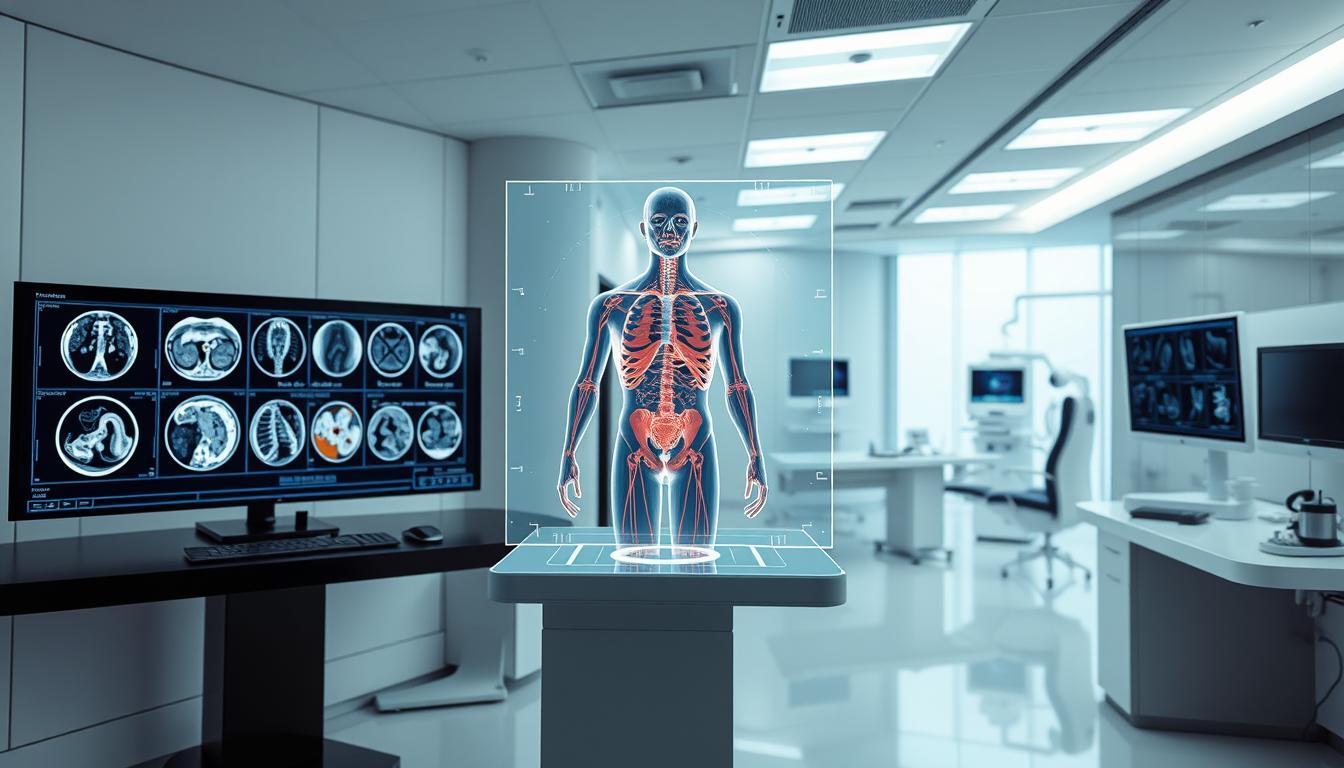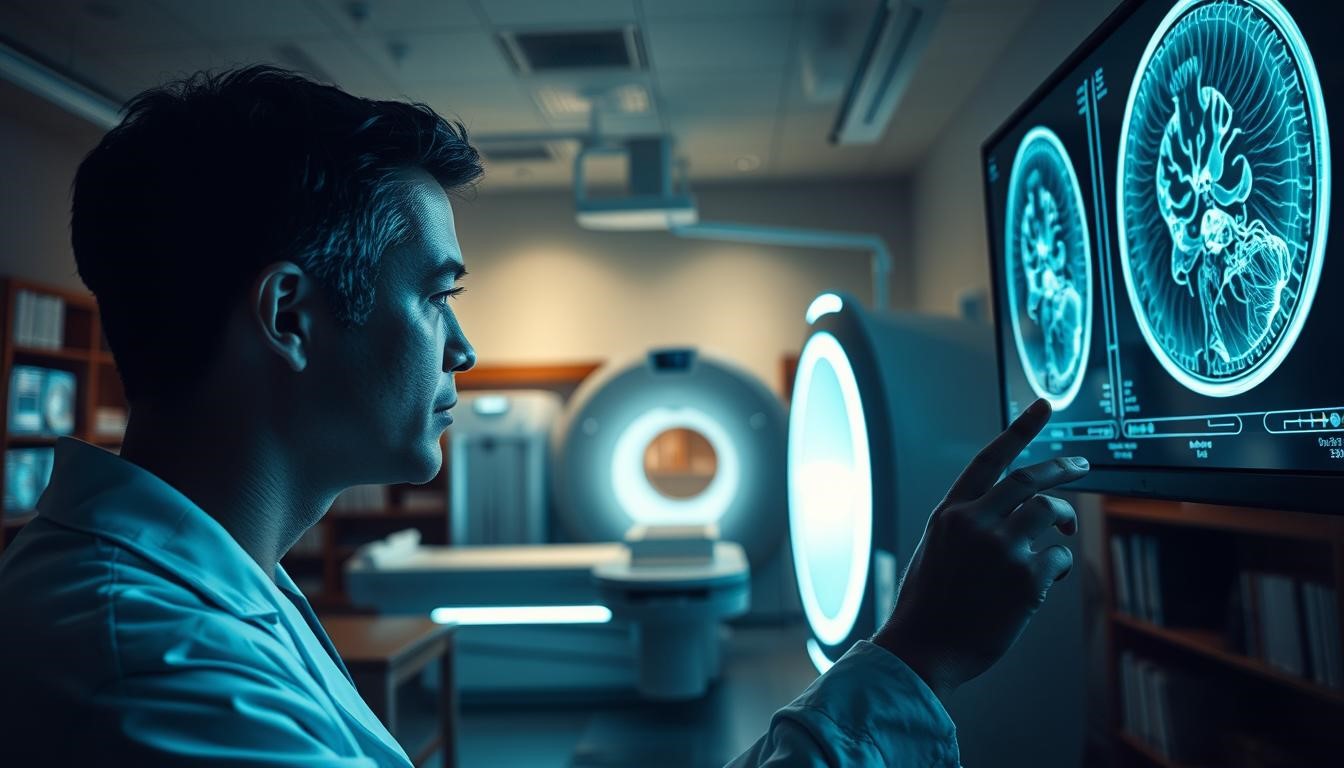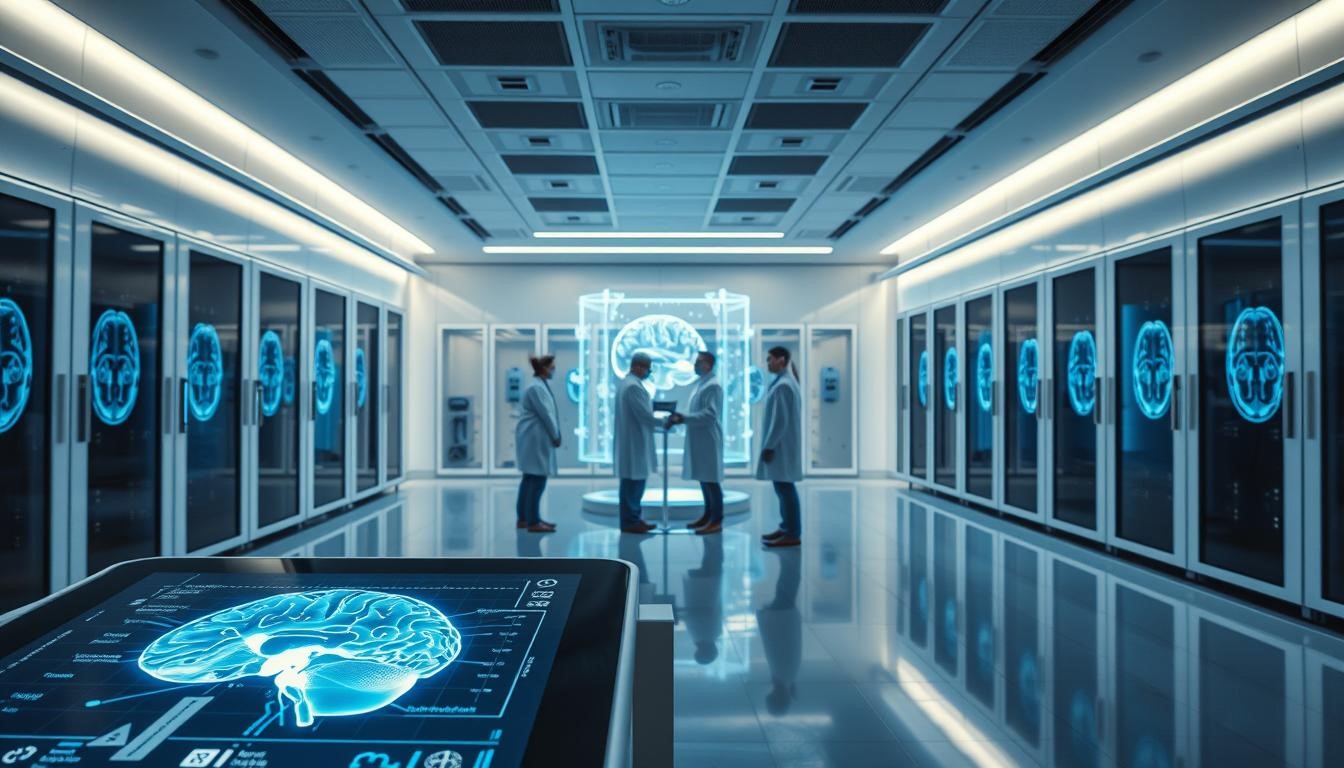In healthcare, Medical Imaging is key for diagnosing and treating patients. At the center are Radiologists, experts in reading imaging scans.
Radiologists do more than just look at scans. They are key to patient care, working with others to find the right diagnosis and treatment.
Thanks to their knowledge in Radiology, they find the root of symptoms. This helps healthcare teams make the best decisions for patients. It shows how important Radiologists are in today’s healthcare.
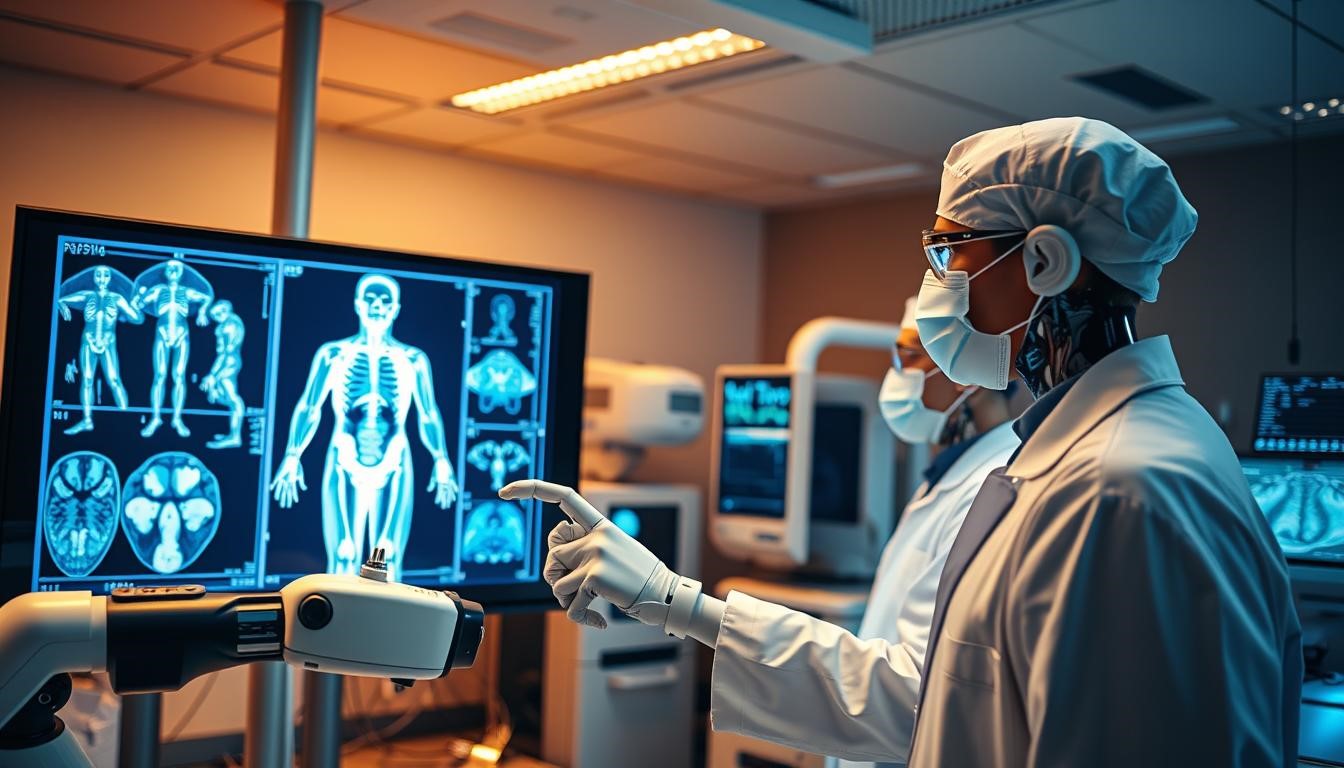
What is a Radiologist?
Radiologists are medical experts who use imaging tech to diagnose and treat diseases. They are key in healthcare, interpreting images to guide treatments.
Medical Imaging Specialists
Radiologists are skilled in diagnostic imaging. They use X-rays, ultrasound, CT, MRI, and PET scans to see inside the body.
Education and Training Requirements
To become a radiologist, you need lots of education and training. This takes years after high school.
Medical School and Residency
First, you study for four years in medical school to get an MD or DO. Then, you do a four-year residency in radiology.
Fellowship and Specialization
After residency, many radiologists get more training in fellowships. These last one to two years and focus on special areas like neuroradiology or pediatric radiology.
The Radiologist’s Core Clinical Responsibilities
Diagnostic imaging is key to a radiologist’s job. They interpret medical images to diagnose and treat diseases.
Diagnostic Image Interpretation
Radiologists are key in diagnosing conditions. They use X-rays, CT scans, and MRI images. Their skills help spot problems and guide treatment.
Accurate image interpretation is vital for patient care. It affects treatment decisions and outcomes.
Consultation with Healthcare Teams
Radiologists work with healthcare teams for complete care. Their input is essential in multidisciplinary team discussions.
Multidisciplinary Tumour Boards
In tumour boards, radiologists share their expertise. They help discuss patient cases and plan treatments. Their insights cover all aspects of a patient’s condition.
Emergency Department Collaboration
Radiologists work with emergency staff to quickly diagnose and manage acute conditions. Their fast image interpretation is critical in emergencies.
Radiologists combine image interpretation with teamwork for patient care. Their work is vital for accurate diagnoses and effective treatments.
Beyond Image Interpretation: A Radiologist’s Extended Role
Radiologists do more than just look at images. They also perform procedures and care for patients directly. Their skills greatly improve patient outcomes, making them key in healthcare.
Interventional Procedures and Treatments
Interventional radiology is a big part of a radiologist’s job. It involves doing minimally invasive procedures to diagnose and treat diseases. These can include things like angioplasty, stenting, biopsies, and tumor treatments.
By using imaging, radiologists can do these procedures with great accuracy. This means less need for open surgery and quicker recovery times for patients.
Direct Patient Care and Communication
Good patient care is not just about technical skills. It also needs compassionate communication. Radiologists talk to patients, explain procedures, discuss results, and answer their questions.
Explaining Procedures and Results
It’s important to communicate clearly about medical procedures and results. Radiologists make sure patients understand their conditions and treatments. This helps create a supportive environment where patients feel free to ask questions.
Managing Patient Anxiety
Many patients get anxious before medical procedures. Radiologists help by reassuring them, explaining what will happen, and making sure they’re comfortable. This caring approach makes the experience better for patients.
Radiologist Subspecialties and Areas of Expertise
Radiology is a wide field with many subspecialties. These areas are key in patient care. They let radiologists focus on specific imaging needs, improving diagnosis and treatment.
The subspecialties in radiology are diverse and complex. Some main areas include:
• Neuroradiology: Focuses on imaging of the brain, spine, and nervous system.
• Musculoskeletal Radiology: Deals with imaging of muscles, bones, and joints.
• Pediatric Imaging: Involves imaging for diagnosis and treatment of children.
Neuroradiology and Brain Imaging
Neuroradiologists specialize in diagnosing brain and nervous system conditions. They use MRI and CT scans. Their skills are vital for managing stroke, tumors, and neurological disorders.
Musculoskeletal and Sports Medicine Radiology
Musculoskeletal radiologists diagnose injuries and conditions in muscles, bones, and joints. They use imaging to guide treatments, mainly in sports medicine.
Pediatric and Women’s Imaging
Pediatric radiologists are trained for imaging children, considering their unique anatomy and physiology. Women’s imaging includes mammography and breast imaging for female patients.
These subspecialties show the wide range of radiology. They also highlight the specialized training radiologists get for top-notch patient care.
Challenges Faced by Modern Radiologists
Modern radiologists deal with many challenges every day. The field of radiology is changing fast. New Medical Technology brings both chances and hurdles.
Technological Advancements and Continuous Learning
Technological changes in radiology are happening quickly. New tools like AI and machine learning are changing how we diagnose. Radiologists need to keep learning to use these new tools well.
Workload Management and Preventing Burnout
Managing work is key for radiologists to stay healthy and give great care. There are two main things to focus on:
• Handling more imaging studies, which means finding better ways to work.
• Creating a balance between work and life to avoid burnout.
Increasing Imaging Volume
More people need imaging tests as they get older. Radiologists must find ways to handle this increase. They can use technology to make their work more efficient.
Work-Life Balance Strategies
It’s important for radiologists to have a good balance between work and personal life. This can be done by having flexible hours, wellness programs, and clear boundaries between work and personal time.
By tackling these challenges, radiologists can make their work better. They can also improve patient care and keep themselves healthy in a tough healthcare world.
The Future of Radiology: Emerging Trends and Technologies
The future of radiology is changing fast. New trends and technologies are making a big difference. These changes will affect how radiologists work and the care they give.
Diagnostic Innovations
Artificial Intelligence (AI) is becoming a big help in radiology. AI can look at images faster and more accurately. This means radiologists can make better diagnoses quicker.
Teleradiology and Global Practice
Teleradiology is also changing radiology. It lets radiologists read images from anywhere. This opens up new ways to practice radiology worldwide.
Remote Consultations
Remote consultations are becoming more common. Radiologists can now give advice from afar. This makes patient care better and cuts down on the need for face-to-face meetings.
Addressing Healthcare Disparities
Teleradiology is also tackling healthcare gaps. It brings radiology services to places that need them most. This helps improve health outcomes and reduce care disparities.
Radiologists do more than just look at medical images. They are key in patient care, working with others to find the right diagnosis and treatment. Their skills are vital for helping patients get better.
Radiology keeps growing with new tech like artificial intelligence and teleradiology. Radiologists need to keep up with these changes. This helps them improve patient care and make things run smoother in hospitals.
Radiologists are essential to healthcare, giving insights that guide treatment plans. They use their knowledge and care for patients to make healthcare better. Their work is a big part of improving health outcomes.
FAQ
What is the role of a radiologist in healthcare?
Radiologists are key in healthcare, doing more than just reading scans. They work with other doctors to give accurate diagnoses and treatment plans.
What kind of education and training do radiologists receive?
Radiologists get a lot of education and training. They finish medical school, then do a residency and sometimes a fellowship.
How do radiologists contribute to patient care?
Radiologists help by reading images, doing procedures, and talking to patients and doctors.
What are some of the subspecialties within radiology?
Radiology has many subspecialties like neuroradiology and women’s imaging. Each needs special training and skills.
How do radiologists stay current with technological advancements?
Radiologists keep up with new tech by always learning. This includes using artificial intelligence in their work.
What is teleradiology, and how is it changing radiology practice?
Teleradiology lets radiologists read images from anywhere. It’s making radiology services more accessible and changing how radiologists work.
How do radiologists manage patient anxiety during procedures?
Radiologists and their teams help patients feel less anxious. They explain things clearly, offer support, and make sure patients are comfortable.
What is the significance of multidisciplinary tumour boards?
Multidisciplinary tumour boards are important. They bring together doctors, including radiologists, to plan treatments for complex cases. This shows how vital radiologists are in cancer care.

